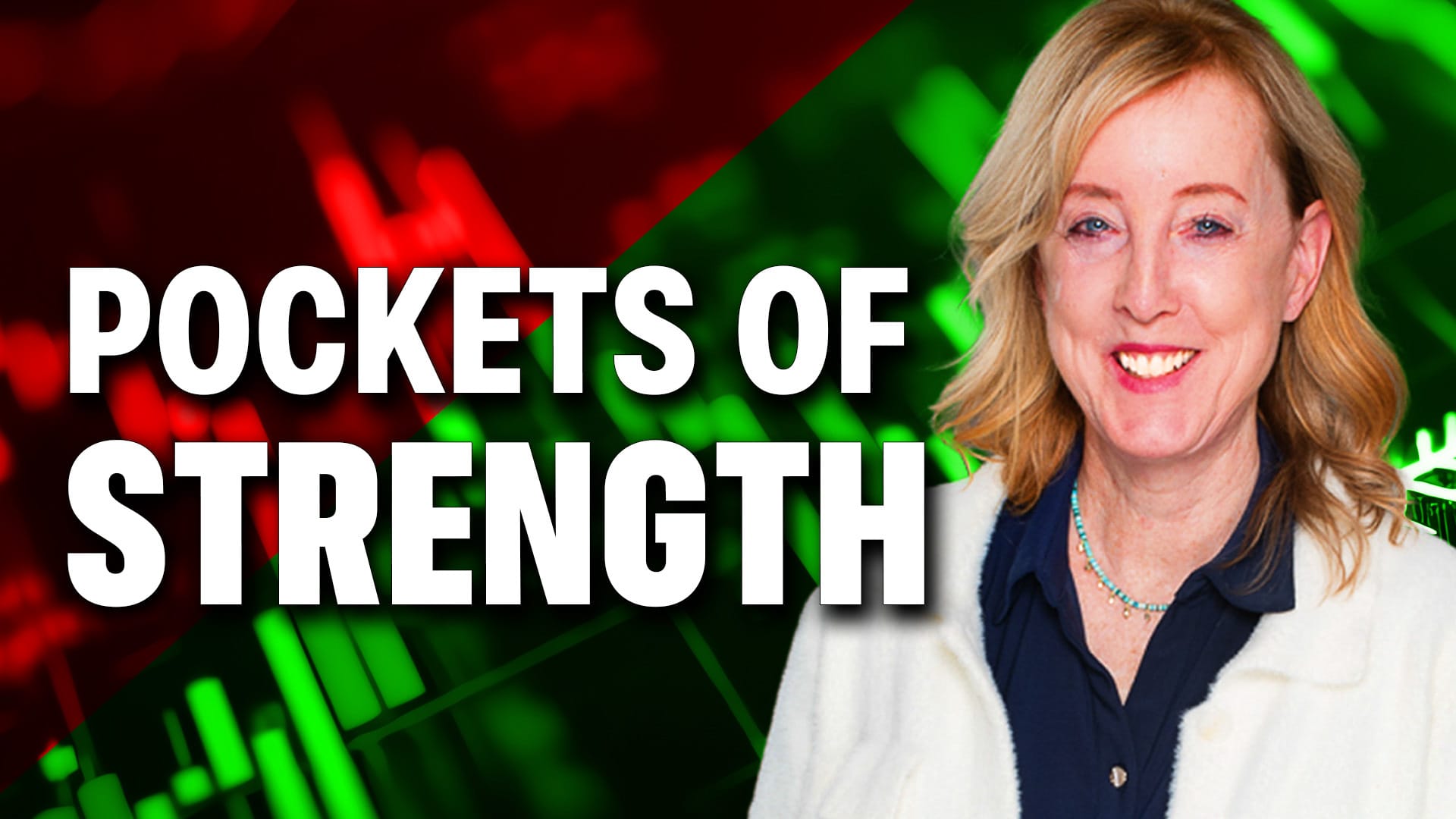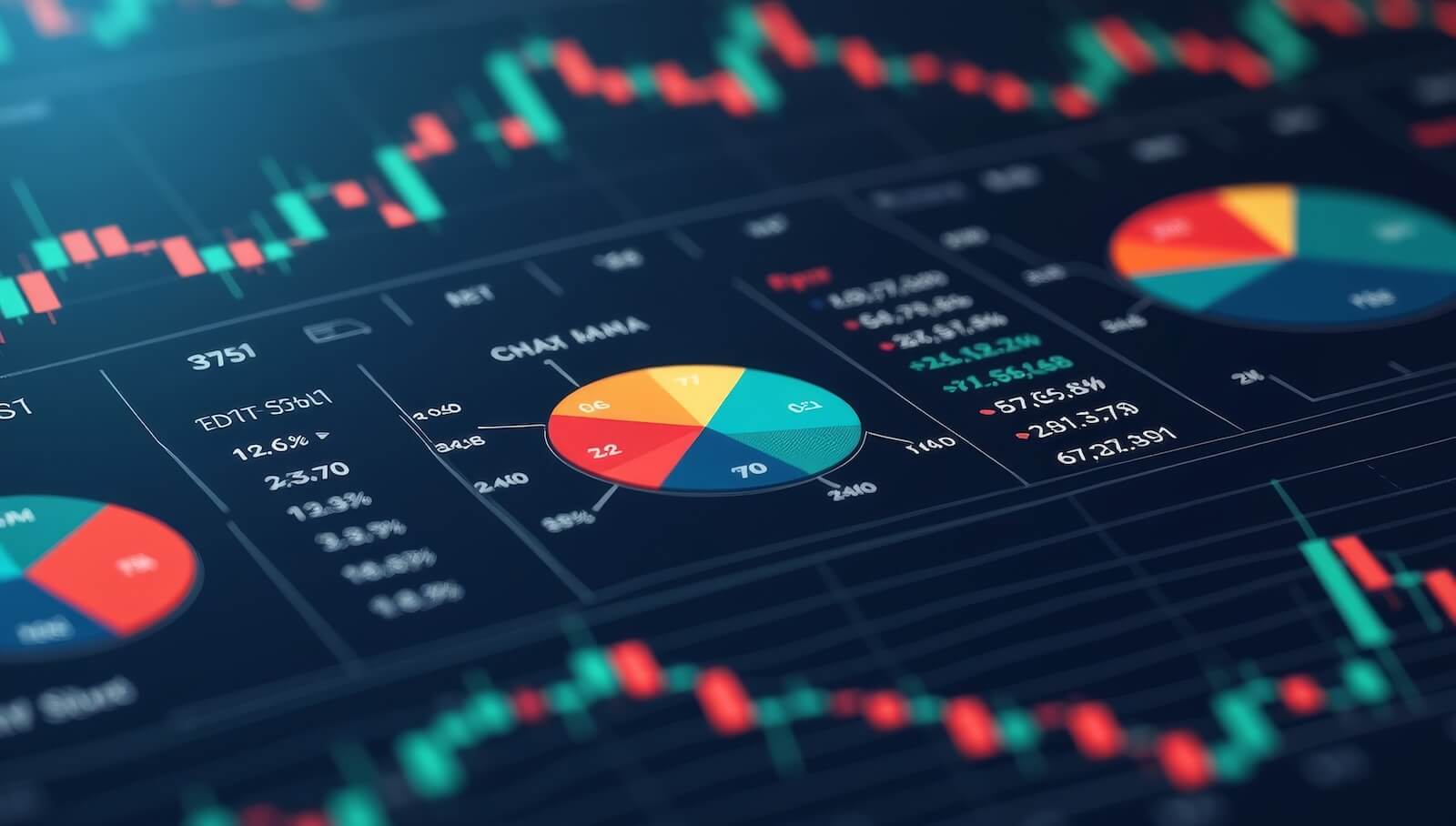BOND INVESTORS PLAY DEFENSE -- INVESTMENT GRADE CORPORATES UNDERPERFORM TREASURIES -- HIGH YIELD BONDS ARE EVEN WEAKER -- ENERGY SECTOR WEIGHS ON HIGH YIELD ETF -- NYSE BULLISH PERCENT INDEX STILL IN A DOWNTREND -- THE VIX STILL BOUNCING
BOND ALIGNMENT SHOWS CAUTION ... Money has been flowing into the relative safety of bonds as stocks prices have slid. That money hasn't been flowing equally into all bond categories however. Most of the money has been flowing into Treasury bonds which are the safest of all. Investment Grade Corporate bonds have also attracted some funds, but not as much as Treasuries. High yield corporate bonds have actually lost money. The three lines in Chart 1 show the 2015 performance of those three bond categories. The black line shows the Barclays 7-10 Year Treasury Bond iShares (TLT) gaining 3% this year, and 4% since June. The blue line shows the Investment Grade Corporate Bond ETF (LQD) gaining 1.5% since mid-June, and almost even for the year (-0.63%). The red line shows the worst performer to be the High Yield Corporate Bond ETF (HYG) which has lost -4% since the start of the year, and -6% since June. That alignment is normal in times of stock market stress and concerns about economic growth. It shows that fixed income investors have also shifted into a defensive stance.

Chart 1
COMPARISONS TO STOCKS ... The green line in Chart 2 is a "ratio" of Investment Grade Corporate Bonds (LQD) divided by 7-10 Year Treasuries (IEF) since 2011. The black bars are S&P 500. A positive correlation between the two can be seen. When stocks are rising, investors are more optimistic about corporate profits, and favor corporate bonds over Treasuries. Hence the rising corporate/Treasury ratio between 2011 and 2014. When investors are more cautious, they favor safer Treasuries over riskier corporates (during 2011 and 2015) That accounts for the falling green line this year. In fact, bond investors turned cautious at least half a year before stock investors. The rising bond ratio near the end of 2011 signalled the end of that stock correction. We'll probably need some upward movement in the LQD/IEF ratio this year if recent stock trends are going to improve.

(click to view a live version of this chart)
Chart 2
HIGH YIELD VERSUS INVESTMENT GRADE CORPORATES... The red line in Chart 3 compares a "ratio" of High Yield Corporate Bonds (HYG) divided by Investment Grade Corporates (LQD) since 2011 to the S&P 500 (black bars). There again, a positive correction can be seen. That also makes sense. High yield bonds are even more sensitive to stock trends than investment grade corporate bonds. When stocks are rising, high yield usually outperforms investment grade corporates (rising red line). A falling red line shows that investors have shifted away from risker high yield into safer investment grade bonds. That process started last last year, and was another early warning that fixed income investors had turned more cautious. There again, we'll probably need to see some improvement in the red line to signal that investors are turning more optimistic. Right now, bond investors seem pretty risk averse. So do stock investors.

(click to view a live version of this chart)
Chart 3
WEAK OIL SECTOR WEIGHS ON HIGH YIELD BONDS... There's most likely another factor weighing on high yield bonds, and that's a weak energy sector. The risk of default is one of the main concerns in the high yield space. That's especially true with smaller stocks in the energy sector that are under serious pressure from collapsing oil prices. And that's certainly weighing on the high yield category. The weekly bars in Chart 4 compare the trend of High Yield Corporate Bond iShares (red bars) to the Energy Sector SPDR (black bars). It seems likely that the sharp drop in energy shares that started during the second half of 2014 contributed to the selling of high yields bonds (see circle). The chart also shows the high yield bond ETF testing support at last October's low. The black line below Chart 4 shows the 26 week Correlation between the two markets to be a very high 0.94.

(click to view a live version of this chart)
Chart 4
NO BUY SIGNAL YET... I wrote over the weekend about the tendency for bear markets and downside stock corrections to end during the month of October. A lot of trends have to start improving before that can happen this year. That includes the point & figure chart of the NYSE Bullish Percent Index shown in Chart 5. That index measures the percent of NYSE stocks in point & figure uptrends. P&F charts plot alternating X and O columns. The X columns show rising prices, and the O columns falling prices. A sell signal was given during July when the falling O column fell below the previous O at 52. Prices are now in a down (O) column with a value of 32. A short-term buy signal would require a move back to 42 to exceed the last X column formed this month at 40. The chart shows that happening during October 2011 and again last October. [The red numbers mark the start of a new month. The red letters A,B, and C stand for October, November, and December]. For those of you not into P&F charts, the red line in Chart 6 shows that resistance level more clearly. A move back above the September peak (41.47) wouldn't guarantee an October bottom. But it's doubtful that any bottom can happen without the red line turning back up again.

(click to view a live version of this chart)
Chart 5

(click to view a live version of this chart)
Chart 6
VIX STILL BOUNCING ... I recently showed the CBOE Volatility (VIX) Index bouncing off chart support near 20 which kept it above its midyear peak at 30, and its uptrend intact. [Previous peaks become support]. Yesterday's VIX rise to a four-week high contributed to heavy selling of stocks. A more precise picture is given in its P&F chart in Chart 8. The rising X column shows yesterday's move above 26 putting the VIX in an uptrend. [Its recent bottom bounced off the rising blue 45 degree support line keeping its uptrend intact]. The VIX would now have to drop to 20 on the P&F chart to reverse that uptrend. A close below 20 would be even more convincing. It's doubtful any serious stock rally will start as long as the VIX is still rising. [In my opinion, the main value of P&F charts is that they provide more precise buy and sell signals than bar or line charts].

(click to view a live version of this chart)
Chart 7












